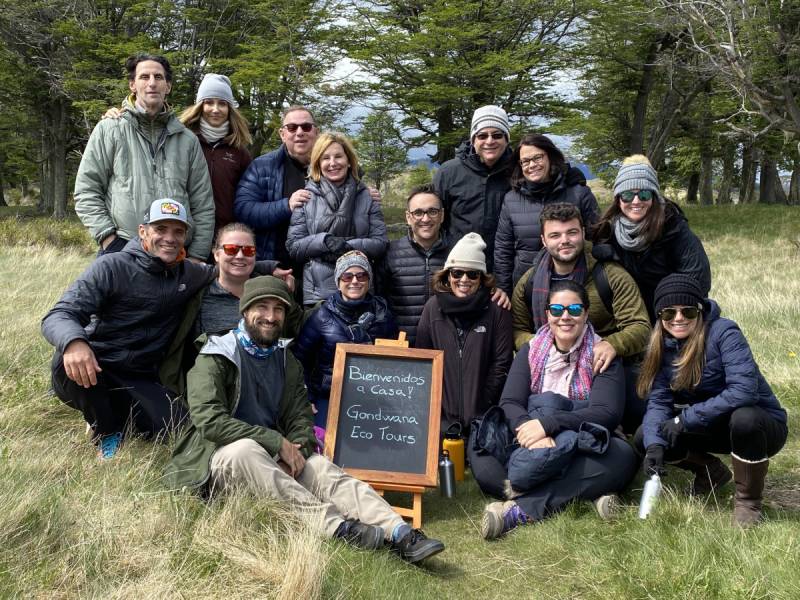Is the Aurora Borealis Ever Visible in Texas?
PRIVATE & SMALL GROUP TOURS TO THE WORLD'S BEST DESTINATIONS
Are You Planning A Trip To See The Northern Lights?

Can You Spot the Northern Lights in Texas?
Wondering whether you can witness the aurora borealis in Texas? Although Texas is located far south of the typical auroral oval, extremely powerful geomagnetic storms — such as those forecasted during the peak of Solar Cycle 25 in 2026 and 2027 — might bring extremely faint glows to the state’s far northern skies. However, these occurrences are exceedingly rare and not something to count on.
Is Aurora Viewing Possible in Texas?
In short, it’s nearly impossible. The vast majority of Texas lies far outside the auroral visibility range. To even have a slight chance, the following would need to align:
- A KP index of 7 or higher (indicating a major solar storm)
- Exceptionally low humidity and crystal-clear skies
- Complete darkness — ideally in northern rural regions free of light pollution
Cities with the Slimmest Chance
Even in the best-case scenario, only the far northernmost areas of Texas could offer a remote chance of seeing a faint auroral glow:
- Caprock Canyons State Park
- Palo Duro Canyon area
- Dark-sky preserves north of Amarillo
What About Major Cities Like Dallas or Austin?
The odds of seeing Northern Lights from Texas cities — including Dallas, Austin, San Antonio, and Houston — are essentially zero. Light pollution and southern latitude make aurora visibility virtually impossible in urban areas. Even during historic solar events, only those in the darkest northern skies might catch a brief, faint flicker on the horizon.
Aurora Forecast (2026–2030)
These forecasts reflect global auroral activity during the current solar cycle. They do not suggest auroras will be visible from Texas, but indicate when geomagnetic conditions may be at their strongest worldwide.
| Year | Aurora Activity Forecast | Notes |
|---|---|---|
| 2026 | ⭐⭐⭐⭐⭐ Very High | Peak of Solar Cycle 25. Exceptional solar activity; rare chance of visibility extends south. |
| 2027 | ⭐⭐⭐⭐½ Extremely High | Strong lag year after peak. Aurora activity continues, but chances decrease. |
| 2028 | ⭐⭐⭐ Moderate to High | Fewer geomagnetic storms. Still active, but limited aurora extension south. |
| 2029 | ⭐⭐ Low to Moderate | Lower sunspot count. Aurora unlikely outside of northern states. |
| 2030 | ⭐ Low | Approaching solar minimum. Activity and visibility diminish significantly. |
Want to Actually See the Aurora? Go North
For a real chance of seeing the Northern Lights, your best bet is to travel to a northern state such as Alaska, Minnesota, or North Dakota. Explore our full list of recommended aurora destinations here: Top U.S. Northern Lights Locations.
Sources: NOAA, NASA, Space.com, Aurora Tracks
Download all three Alaska tour brochures for tour dates and pricing.

About Gondwana Ecotours
Gondwana Ecoutours specializes in small group and private tours to bucket list destinations around the world. Our itineraries are carefully curated to include both unique nature and culture and fun activities are suitable to most travelers. Traveling with guides who live in the communities we visit add depth and authenticity to the experience.
| See All Tours > |

